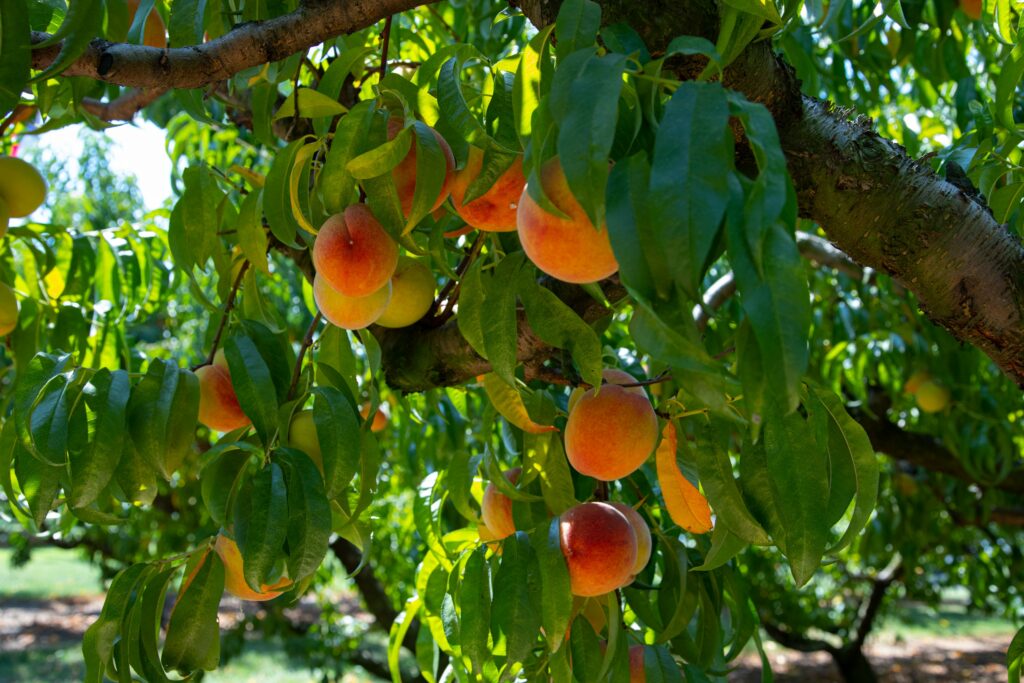Fruit Tree Chilling Requirement
go.ncsu.edu/readext?763590
en Español / em Português
El inglés es el idioma de control de esta página. En la medida en que haya algún conflicto entre la traducción al inglés y la traducción, el inglés prevalece.
Al hacer clic en el enlace de traducción se activa un servicio de traducción gratuito para convertir la página al español. Al igual que con cualquier traducción por Internet, la conversión no es sensible al contexto y puede que no traduzca el texto en su significado original. NC State Extension no garantiza la exactitud del texto traducido. Por favor, tenga en cuenta que algunas aplicaciones y/o servicios pueden no funcionar como se espera cuando se traducen.
Português
Inglês é o idioma de controle desta página. Na medida que haja algum conflito entre o texto original em Inglês e a tradução, o Inglês prevalece.
Ao clicar no link de tradução, um serviço gratuito de tradução será ativado para converter a página para o Português. Como em qualquer tradução pela internet, a conversão não é sensivel ao contexto e pode não ocorrer a tradução para o significado orginal. O serviço de Extensão da Carolina do Norte (NC State Extension) não garante a exatidão do texto traduzido. Por favor, observe que algumas funções ou serviços podem não funcionar como esperado após a tradução.
English
English is the controlling language of this page. To the extent there is any conflict between the English text and the translation, English controls.
Clicking on the translation link activates a free translation service to convert the page to Spanish. As with any Internet translation, the conversion is not context-sensitive and may not translate the text to its original meaning. NC State Extension does not guarantee the accuracy of the translated text. Please note that some applications and/or services may not function as expected when translated.
Collapse ▲As we transition out of winter and into spring every year, have you ever noticed that we have some fruit trees that are blooming way too early, while others remain dormant? This could be due to the tree’s chilling requirement.

Peach Tree
To break dormancy and grow properly in the spring, trees like peaches, nectarines, and plums must be exposed to temperatures in the 40°F range, for a required number of hours, during the dormant season. This period is referred to as the tree’s chilling requirement.
In North Carolina, varieties with chilling requirements, of at least 750 hours, are recommended to prevent trees from blossoming too early in the spring. Blossoming too early increases the risk of frost damage, which can lead to crop loss. This is a very important consideration also if you’re looking at purchasing one of these trees. If you’re looking at a catalog, or looking at a nursery center, make sure that those trees meet that minimum 750 hour recommendation. If you would like to learn more please give me a call at 704-283-3743 or email me at jamoore3@ncsu.edu.




